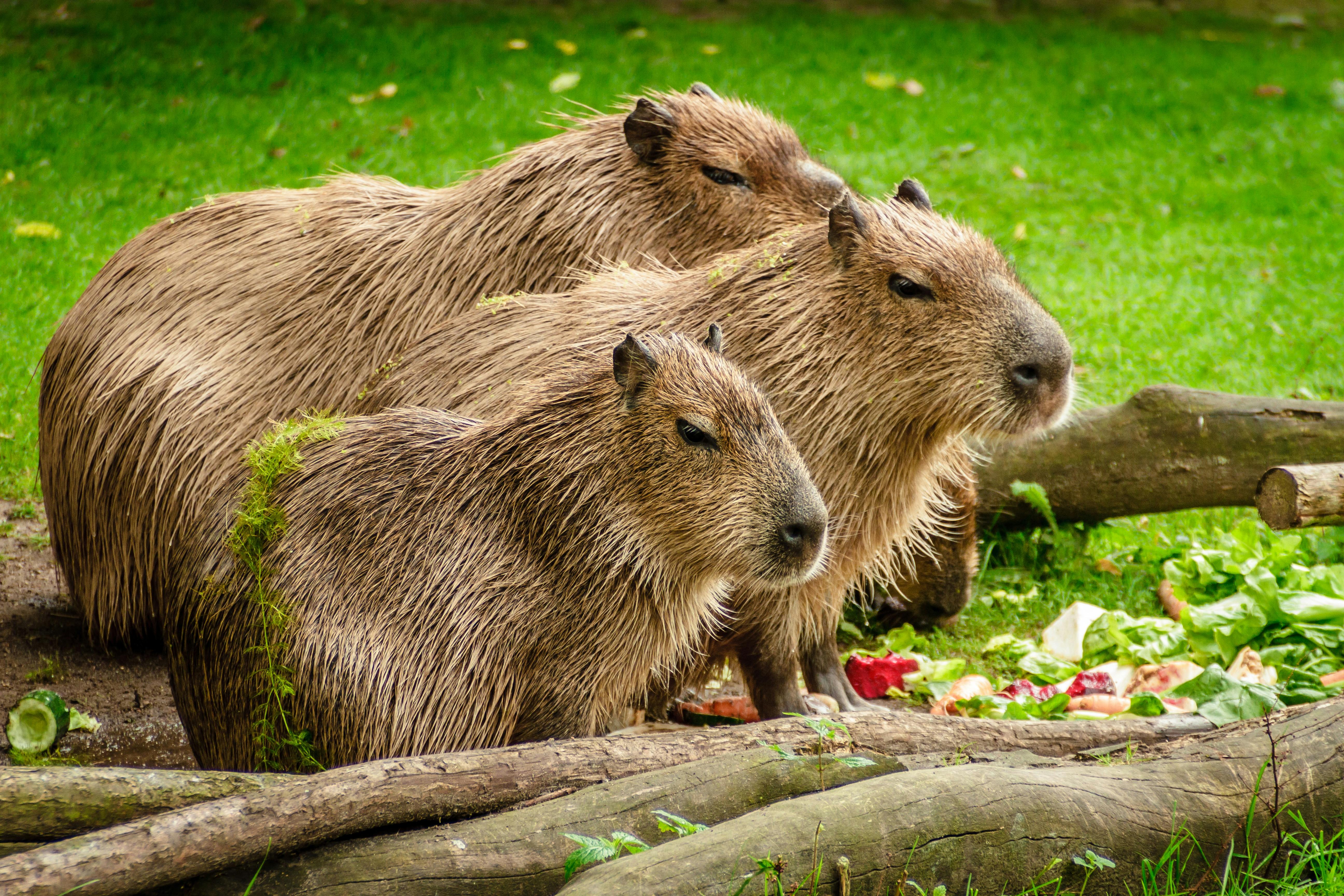Understanding the Fascinating World of Capybaras: Nature’s Friendliest Rodent
Capybaras, the world's heftiest rodents, have been capturing hearts worldwide with their calm demeanor and sociable personality. This article will delve into the intriguing life of these creatures, providing a comprehensive perspective on their fascinating world.

The Origins and Habitat of Capybaras
Originating from South America, capybaras are found in every country on the continent except Chile. Their ancestors are believed to have appeared about 30 million years ago, making them one of the oldest existing rodent species. Capybaras have an affinity for water and typically inhabit dense forests and savannas near bodies of water.
Capybara Physiology: Adapted for a Semi-Aquatic Lifestyle
Capybaras have a unique physiology that makes them well-suited for a semi-aquatic lifestyle. Their webbed feet aid in swimming and their eyes, ears, and nostrils are located high on their heads, allowing them to remain almost entirely submerged while still being aware of their surroundings.
The Social Life of Capybaras
Capybaras are highly social creatures, living in groups of 10 to 20 individuals. Their social structure is complex, with a dominant male leading the group and lesser males and females having their own hierarchies. Capybaras communicate using a variety of vocalizations, including purrs, barks, whistles, and squeals.
The Capybara Diet: An Herbivore’s Delight
Capybaras maintain a vegetarian diet, primarily feeding on grasses and aquatic plants. They also eat a variety of fruits and can chew on tree bark during dry seasons when other food sources are scarce. Interestingly, capybaras practice coprophagy, the consumption of their own feces, which aids in breaking down cellulose and extracting maximum nutrition from their food.
Capybaras in Pop Culture and as Pets
Capybaras have gained considerable popularity in recent years, both in real life and in the digital world. They are frequently featured in memes, cartoons, and even video games. In some countries, capybaras are kept as pets, although they require a significant amount of space and access to a swimming area. Depending on the region and local regulations, a pet capybara can cost between $1,000 and $3,000.
In conclusion, capybaras are remarkable creatures that offer a unique blend of charm and intrigue. Their adaptability to aquatic environments, social nature, and increasing popularity in pop culture make them an engaging topic of study. As we continue to learn about these fascinating rodents, it’s clear that there’s a lot more to capybaras than meets the eye.






